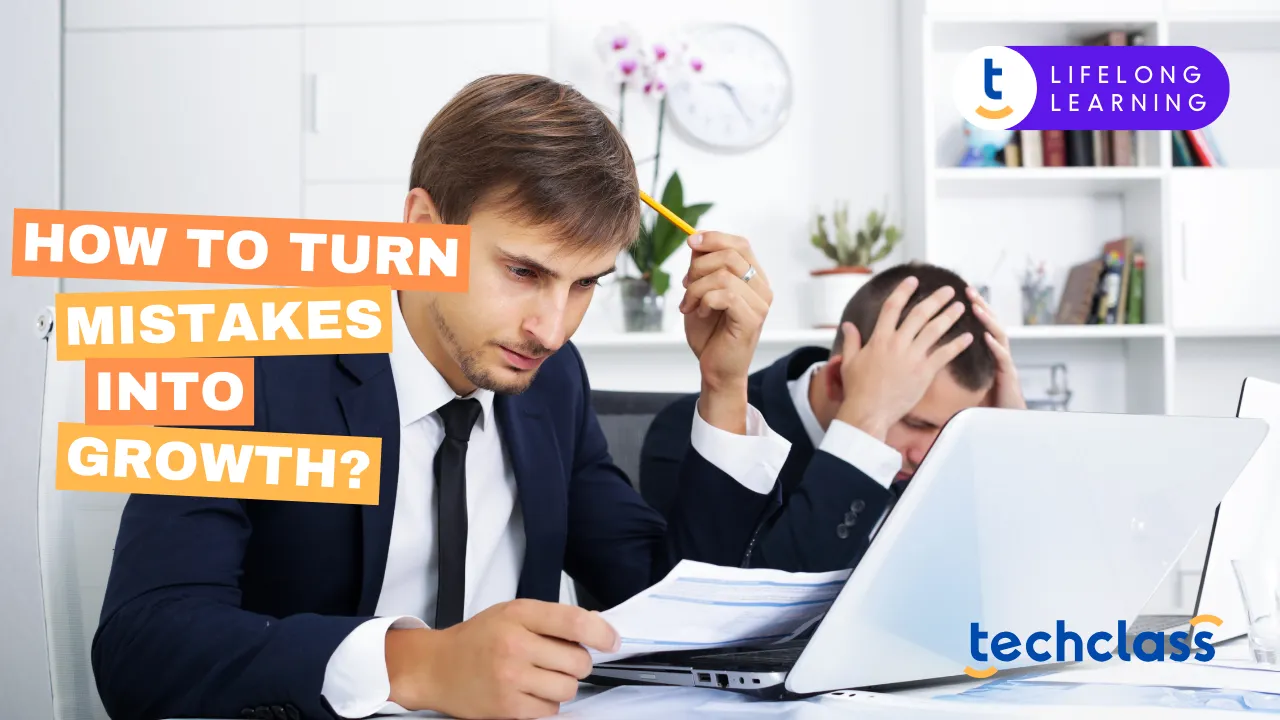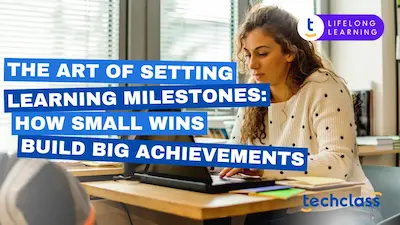
Failure. Just the word can stir up feelings of disappointment, frustration, or even shame. But what if we told you that failure is not the enemy of success, it’s actually one of its most important teachers? Whether you’re setting personal learning goals, advancing your education, or developing a new skill, learning through failure can transform your mistakes into powerful stepping stones for growth.
Let’s explore how to shift your mindset, reflect on learning setbacks, and create actionable plans that turn academic or skill-based mistakes into mastery.
The first step in transforming learning failures into growth is to change how we define them. Many people mistakenly tie their self-worth to grades, test results, or learning milestones, seeing mistakes as proof they are not smart enough. But your worth is not defined by your academic or skill achievements.
To build resilience:
A helpful tip is to use the “Evidence Method”: write down three times you succeeded at learning something or demonstrated improvement. This helps balance your perspective and keeps one academic or skill setback from overshadowing your overall growth journey.
Failure in learning goals often comes with a heavy dose of emotion, disappointment after a failed exam, frustration over a misunderstood concept, or shame when struggling with a new skill. Learning to handle these emotions is critical.
Here’s a structured approach:
Remember the 48-hour rule: give yourself time to process, but don’t dwell endlessly on a failed assignment or misunderstood topic. After 48 hours, shift to problem-solving mode.
A practical exercise: create a “learning failure journal”, a document where you log learning setbacks and what you discovered from them. This not only normalizes academic or skill challenges but also becomes a valuable reference to track your progress over time.
Once emotions are settled, the next step is analyzing the learning setback.
For example, if you consistently underperform on language tests, ask: were you practicing effectively, or just passively reviewing notes? Only by breaking it down can you design better learning strategies.
What separates successful learners from those who stay stuck? It’s the growth mindset, the belief that abilities and knowledge can be developed through effort and learning.
Reflection on learning mistakes is only valuable if it leads to adjusted study habits or learning strategies. This is where SMART goals come in:
For example, if you struggled in a coding bootcamp, your SMART goal might be: “Complete one small coding project each week for the next month to strengthen hands-on application skills.” To support these goals, leverage online courses, tutoring, or study groups to target weak areas. Structured learning, combined with deliberate practice, turns theoretical knowledge into practical competence.
The world of learning doesn’t stand still. Whether you’re navigating shifting curriculum demands, advancing to harder material, or picking up entirely new skills, adaptability is key.
Educational innovators like TechClass have trainings that encourage learners to keep iterating, practicing, and reflecting. You can apply the same philosophy: embrace a continuous improvement mindset in your own learning journey.
Here’s a roadmap you can apply today:
Failure in learning doesn’t have to define you, it can refine you. By embracing mistakes as opportunities to adjust strategies, deepen understanding, and build resilience, you set yourself up for long-term growth. Remember, even the most accomplished learners and experts have stumbled many times on their path. What set them apart was their ability to learn, adapt, and persist.
So the next time you struggle with a subject, a project, or a skill, pause, reflect, and take action. You’re not moving backward, you’re laying the groundwork for your next breakthrough in learning.


